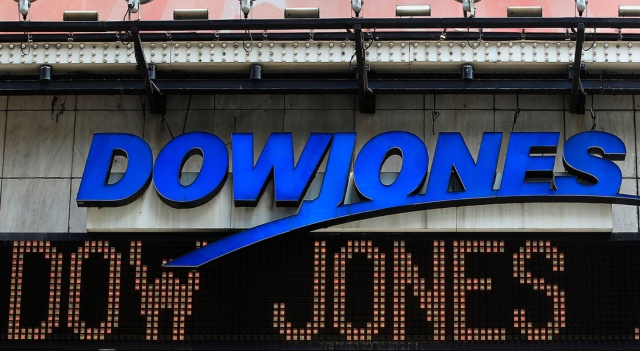U.S. equity futures showed little change early Wednesday as investors weighed fresh tariff developments and awaited key insights from the Federal Reserve’s June policy meeting minutes. President Donald Trump remained firm on his tariff deadline while hinting at broadening his trade measures with a possible 50% tariff on copper imports. Meanwhile, Kevin Hassett, a senior White House economic adviser, is gaining traction as a potential successor to Fed Chair Jerome Powell.
Futures Flat Ahead of Key Fed Data
By 03:31 ET (07:31 GMT), Dow futures were nearly unchanged, the S&P 500 futures were down slightly by 3 points (0.1%), and Nasdaq 100 futures declined modestly by 14 points (0.1%). The major indexes on Wall Street finished mixed Tuesday, with investor sentiment steady despite a wave of tariff announcements. Markets took comfort from the White House’s decision to delay tariff enforcement until August 1, pushing back the original start date from Wednesday.
“Investors are mostly shrugging off President Trump’s renewed tariff threats, concentrating instead on the fact that the deadline for implementing reciprocal tariffs has been extended,” said Jonas Goltermann, Deputy Chief Markets Economist at Capital Economics.
Trump Confirms Tariff Deadline, Considers Copper Duties
During a cabinet meeting, Trump reiterated that the August 1 tariff deadline is final, despite earlier remarks that it was “not 100% firm.” He reported ongoing positive trade talks with the EU and China but warned the EU will soon receive its own tariff notice.
In a notable escalation, Trump proposed a 50% tariff on copper imports, signaling a sector-specific focus in his trade strategy. Copper is a key material in automotive production, defense systems, and energy infrastructure.
The president also hinted at potential tariffs targeting pharmaceuticals and semiconductors in the near future.
Treasury Secretary Scott Bessent noted that tariff collections have generated $100 billion in revenue for the U.S. so far this year, with expectations to reach $300 billion by December. Most revenue came after Trump implemented a 10% baseline tariff and increased levies on steel, aluminum, and autos in the second quarter.
Analysts emphasize that tariff income has become critical for the administration to offset the fiscal impact of recent tax cuts and spending measures.
Focus Shifts to Federal Reserve Meeting Minutes
Attention now turns to the Federal Open Market Committee’s June meeting minutes, which investors hope will provide clarity on interest rate directions. The Fed kept rates steady at 4.25%-4.5%, emphasizing a cautious, data-dependent approach as the economic effects of tariffs unfold.
Chair Jerome Powell has justified this prudence but suggested that absent tariff uncertainties, the Fed might have already begun easing monetary policy.
Markets are pricing in two rate cuts by the end of 2025—one possibly in September and another in December—though uncertainty remains amid mounting pressure from Trump, who criticized Powell as “terrible” and urged him to step down.
Kevin Hassett Emerges as Fed Chair Contender
According to the Wall Street Journal, White House economic adviser Kevin Hassett is becoming a serious candidate to replace Powell. Previously, former Fed governor Kevin Warsh was seen as the frontrunner, but Hassett has reportedly had multiple discussions with Trump about the position.
Speculation mounts that Trump could expedite naming Powell’s successor, possibly later this year. Powell has served as Fed Chair since 2017.
Oil Prices Steady Despite Rising Inventories
Oil prices hovered near unchanged levels after data revealed a significant buildup in U.S. crude stocks, sparking concerns tariffs might suppress oil demand.
At 03:30 ET, Brent crude futures inched up 0.1% to $70.19 a barrel, while West Texas Intermediate futures held steady at $68.36 a barrel.
Prices had climbed Tuesday to a two-week high amid supply concerns following recent Houthi attacks on Red Sea shipping routes.
The American Petroleum Institute reported a surprise increase of 7.1 million barrels in U.S. crude inventories for the week ending July 4, far exceeding the expected 2.8 million barrel decline.
Market participants now await the official Energy Information Administration data release, as strong travel demand around Independence Day could impact fuel consumption.
